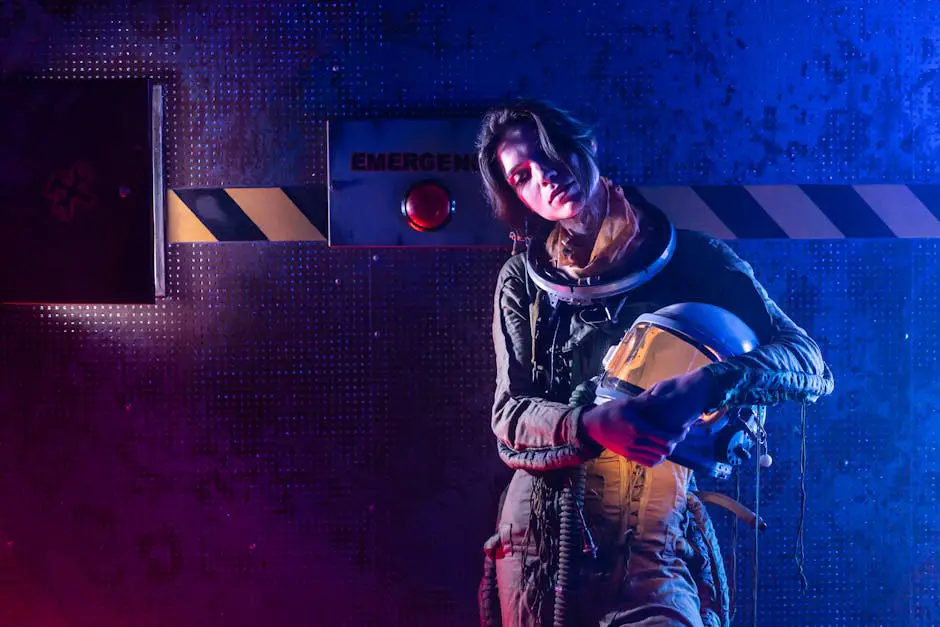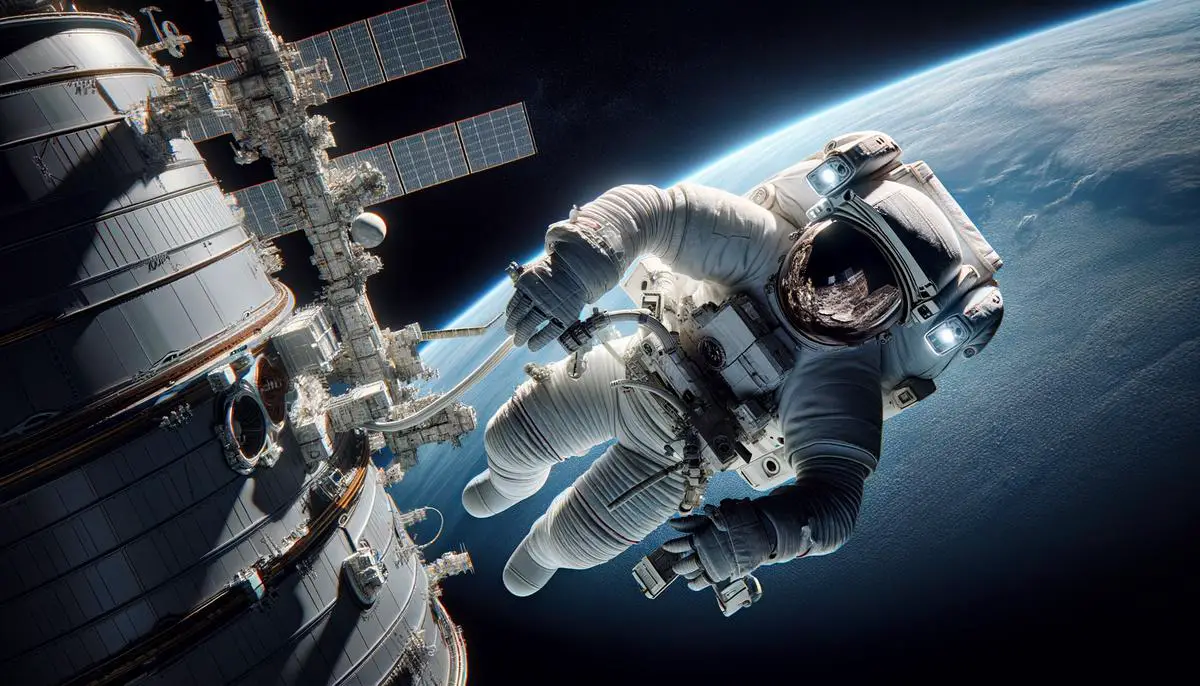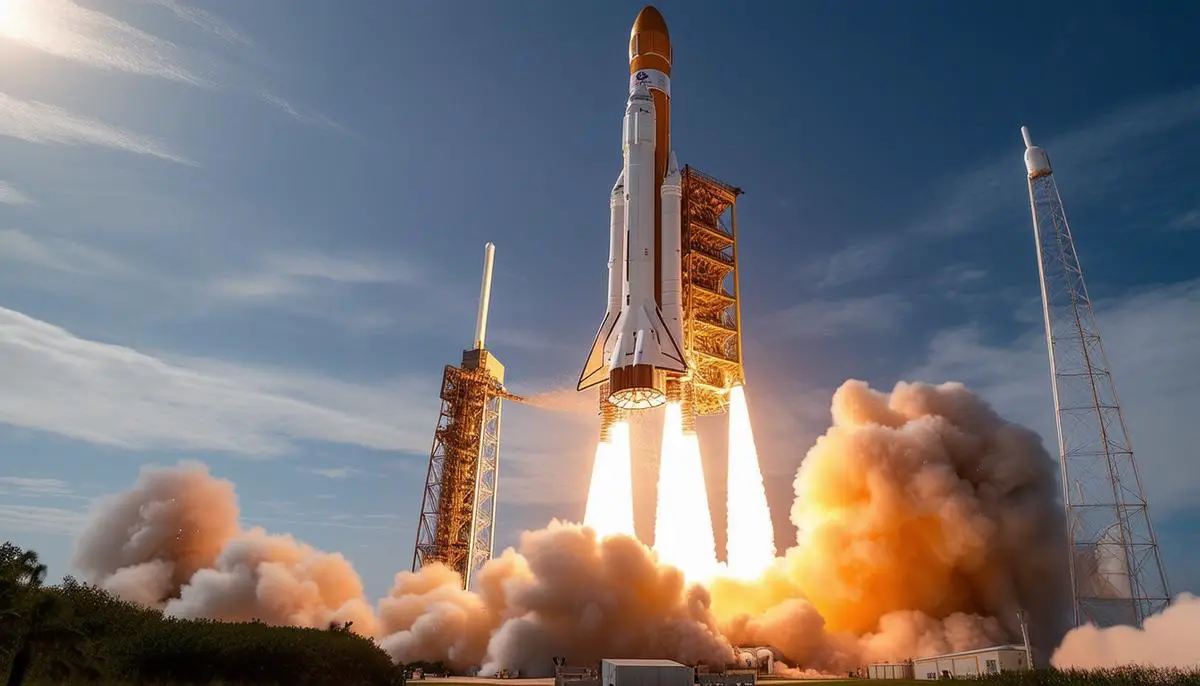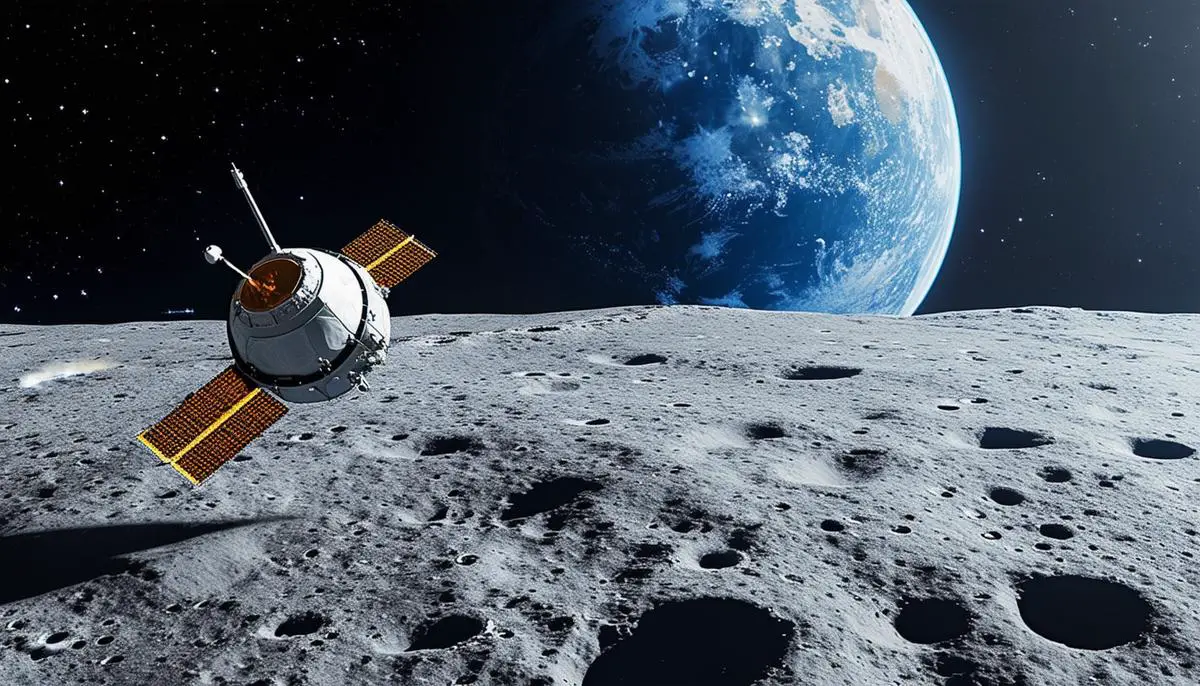Contents
Commander Reid Wiseman
Reid Wiseman's journey to space began in Baltimore, Maryland, where he developed a keen interest in aviation and space exploration. He pursued a bachelor's degree in engineering from Rensselaer Polytechnic Institute and later earned a master's degree from Johns Hopkins University.
Wiseman became a Naval Aviator in 1999, a role that took him to the Middle East twice as a fighter pilot. NASA selected Wiseman in its 2009 astronaut class. He completed his training in 2011 and by May 2014, he embarked on his maiden space voyage. This 165-day mission aboard the International Space Station (ISS) saw him serve on Expeditions 40 and 41, gaining over 165 days in space and conducting two spacewalks.
In December 2020, Wiseman was chosen as chief of NASA's astronaut office, a role he held until November 2022. As the commander of the upcoming Artemis II mission, Wiseman is set to lead a historic journey. Artemis II aims to pave the way for humanity's deeper exploration into space.

Pilot Victor Glover
Victor Glover's journey to becoming a pilot for Artemis II began with his early fascination with flight and space exploration. He earned a bachelor's degree in engineering from California Polytechnic State University in San Luis Obispo, followed by three master's degrees in engineering.
Glover's military career saw him become a fighter pilot in the U.S. Navy, where he was deployed several times. He logged over 3,000 flight hours in more than 40 types of aircraft, executed over 400 carrier arrested landings, and completed 24 combat missions.
NASA selected Glover for its 2013 astronaut class. His first space mission came with NASA's SpaceX Crew-1, the pioneering operational flight to the International Space Station (ISS). Launched in November 2020, the mission saw Glover serve as a pilot. Over 168 days in space, he participated in:
- Critical experiments
- Technology demonstrations
- Four spacewalks
As the pilot of Artemis II, Glover stands on the brink of another historic milestone. This mission is a linchpin in NASA's ambitious plan to return humans to the moon and eventually journey to Mars.
Mission Specialist Christina Koch
Christina Koch's journey to becoming a mission specialist for Artemis II began with her fascination with science and determination to explore the unknown. She earned both a bachelor's degree and a master's degree in engineering from North Carolina State University.
Koch's professional career took her to NASA's Goddard Space Flight Center and the Johns Hopkins University Applied Physics Laboratory, contributing to critical scientific instruments for various missions. Before her venture into space, Koch also participated in scientific fieldwork in Antarctica, Greenland, and the Arctic.
NASA selected Koch for its 2013 astronaut class. Her first spaceflight, which began in March 2019, saw her spend 328 days in space, setting the record for the longest single spaceflight by a woman.1 During her time aboard the ISS, she conducted numerous scientific experiments and participated in six spacewalks, including the first-ever all-female spacewalk with fellow astronaut Jessica Meir.
As a mission specialist for Artemis II, Koch's extensive experience and technical expertise make her an invaluable member of the crew. Her role will involve critical mission tasks that leverage her engineering background and proven ability to operate in the high-stakes environment of space.

Mission Specialist Jeremy Hansen
Jeremy Hansen's journey to becoming a mission specialist for Artemis II combines rigorous academic achievement, distinguished military service, and notable contributions to space exploration. He earned a bachelor's degree in honors space science and a master's degree in physics from the Royal Military College of Canada in Kingston, Ontario.
As a colonel in the Royal Canadian Air Force, Hansen served as a fighter pilot, amassing substantial operational experience. The Canadian Space Agency (CSA) selected him through their third astronaut recruitment campaign in 2009.
Hansen completed his astronaut training in 2011 and further prepared for space missions by participating in:
- The European Space Agency's CAVES program
- NASA's NEEMO program
In 2017, he became the first Canadian ever to head the training of astronaut candidates from both Canada and the United States.
Hansen's participation in the Artemis II mission is historic, marking him as the first non-American to venture beyond Earth orbit. His role as a mission specialist involves critical responsibilities that leverage his extensive background in space science and military operations.
Artemis II Mission Overview
The Artemis II mission represents a pivotal moment in space exploration, marking NASA's first crewed flight test of the Space Launch System (SLS) rocket and the Orion spacecraft. This approximately 10-day mission will see the crew making a crucial journey around the Moon, proving the readiness of both the rocket and the spacecraft for deep space.
The SLS rocket will launch from NASA's Kennedy Space Center in Florida, carrying the Orion spacecraft and its four-person crew. During Artemis II, the spacecraft's systems, including navigation, propulsion, and communication, will be rigorously tested in the deep space environment.
The success of Artemis II will inform the planning and execution of Artemis III, which aims to return humans to the lunar surface, including landing the first woman and the first person of color on the Moon. This mission is scheduled to target the lunar South Pole, a region of interest due to its potential water ice resources.
Artemis II underscores the importance of international collaboration. Canada's participation, represented by astronaut Jeremy Hansen, exemplifies the global partnership underpinning the Artemis program. Other international partners also play vital roles in contributing technologies and expertise.
The broader vision of the Artemis program is to establish a sustainable presence on the Moon, enabling further exploration of Mars and beyond. This long-term goal involves:
- Leveraging the Moon's resources
- Testing new technologies
- Building the infrastructure needed for deeper space missions

Reid Wiseman, Victor Glover, Christina Koch, and Jeremy Hansen are set to lead humanity's next significant leap into space. Their combined expertise and dedication make Artemis II a crucial step toward future lunar and Martian missions.
- Koch C, Plouffe J, Rubio A, Kuhn J. The physiology of spaceflight and the impact of long-duration spaceflight on the human body. J Appl Physiol. 2021;130(5):1447-1457.
